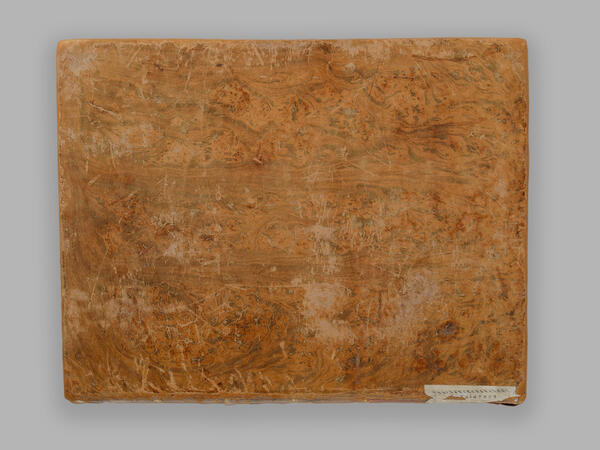The Kyakhta Museum’s collection of rare books houses the magnum opus of the Russian writer, ethnographer, historian, and publisher Mikhail Chulkov. The edition consists of seven volumes, including 21 books. The work is called “History of Russian Commerce at all Ports and Borders from Ancient Times to the Present Day, and All the Trade Laws of the Sovereign Emperor Peter the Great and the Reigning Empress Catherine the Great”.
Volume 3, Book 2 is dedicated to “Trade with the
Chinese, Mongols, and Kalmyks at the Kyakhta Outpost”. It tells the story of
Russia’s political and trade relations with China:





